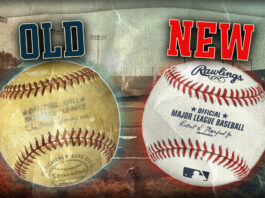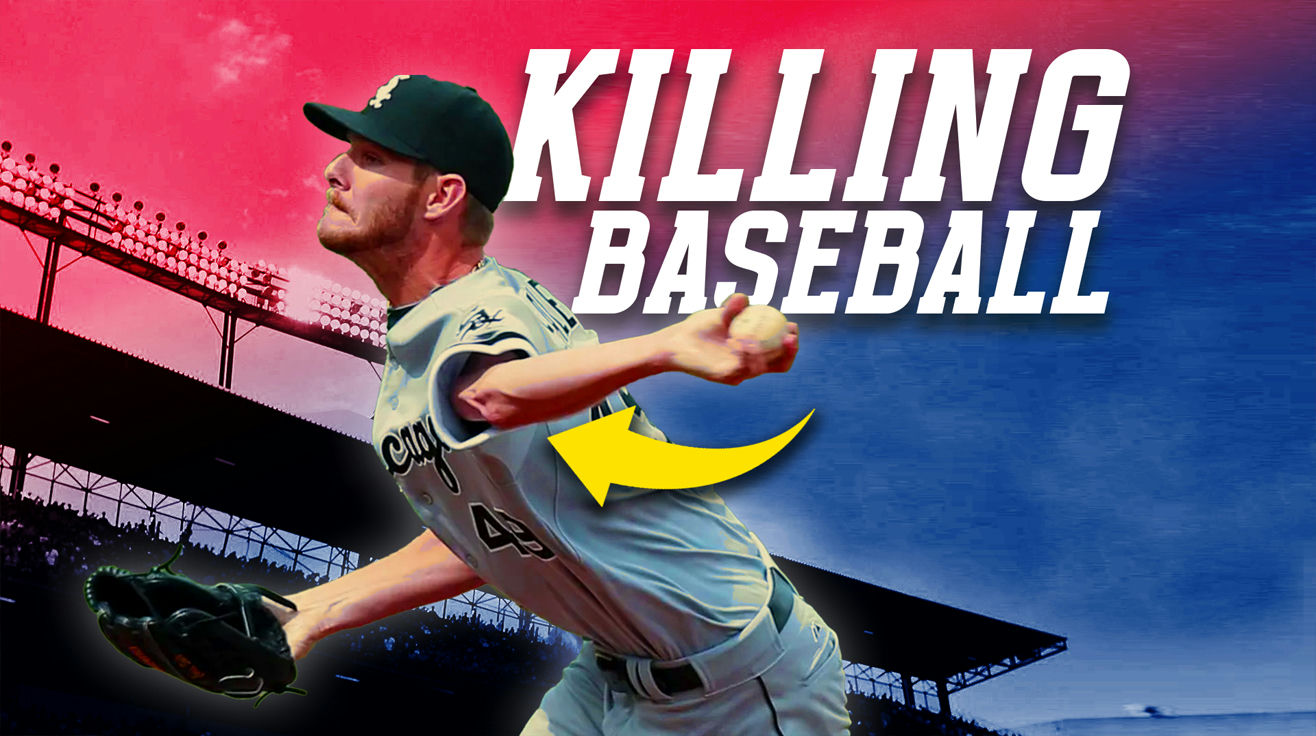
Modern baseball exists in a peculiar paradox. The product on the field has never been more technically advanced, yet fan engagement continues to wane. The average MLB fastball now blazes in at nearly 94 mph, leaving batters swinging through what hitters a generation ago would have crushed. Meanwhile, younger fans switch channels faster than a Spencer Strider heater reaches home plate.
Television ratings tell the uncomfortable truth. National TV viewership among 18-34 year-olds has plummeted nearly 28% since 2010, while average fastball velocity climbed almost 5 mph during that same period. The game finds itself stuck in a contradiction – as the physical excellence improves, the entertainment value diminishes. This represents baseball’s beautiful problem: the very thing making it technically better might be making it less watchable.
15. When Craftsmen Ruled the Mound
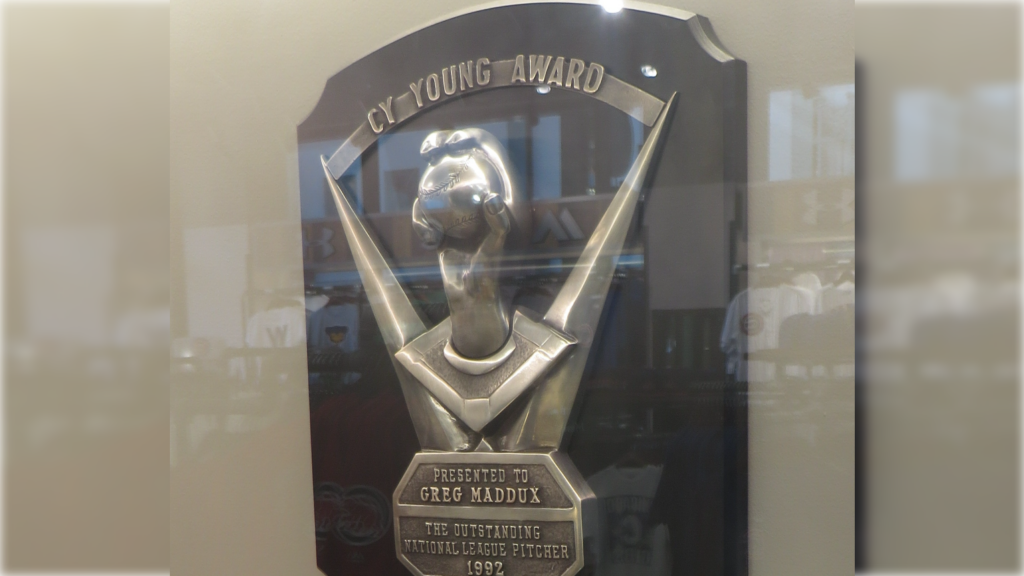
Rewind to an era when the radar gun hadn’t yet become baseball’s gospel. Throughout the 80s and 90s, pitchers thrived through artistry rather than pure power. They controlled the strike zone with precision, changing speeds and creating deception. Greg Maddux exemplified this approach, dominating hitters with a fastball that rarely touched 90 mph yet still mystified the game’s best hitters through placement and movement.
His resume speaks for itself: four consecutive Cy Young awards (1992-1995) earned while throwing significantly slower than contemporaries. Even late in his career, with a fastball averaging a modest 86 mph, Maddux remained effective as pitches darted away from bat barrels at the last possible moment. That era celebrated the mental chess match between pitcher and hitter – strategic finesse over raw power, cerebral manipulation over physical intimidation. Baseball fans witnessed a fundamentally different form of dominance.
14. The Great Velocity Shift
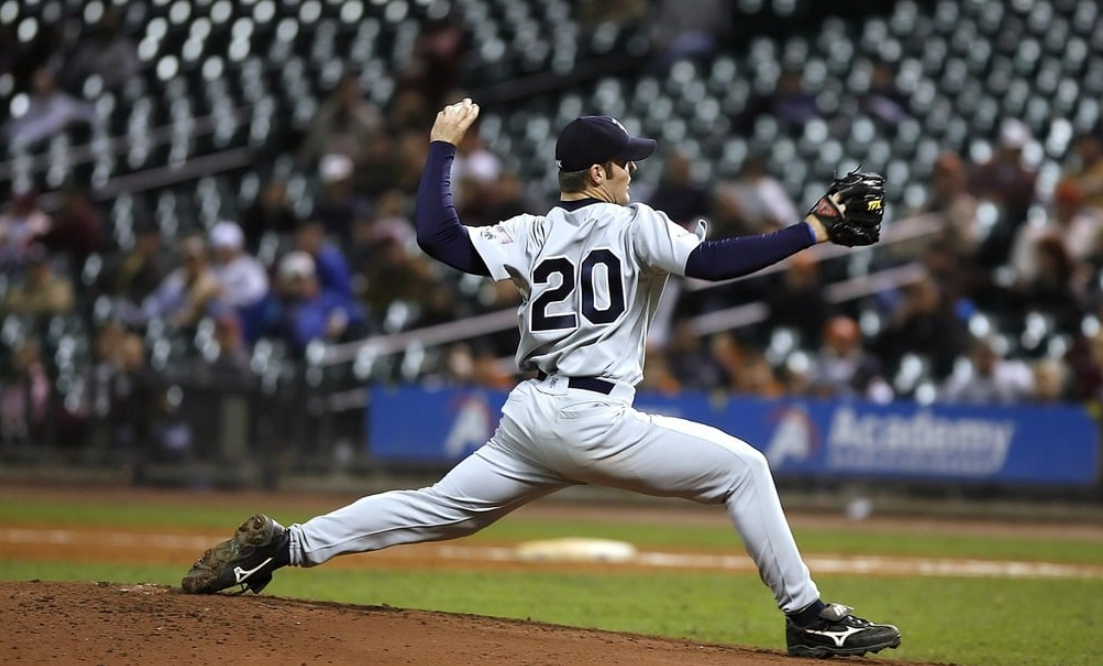
As the calendar flipped to a new millennium, baseball’s fundamental approach to pitching underwent a dramatic transformation. Front offices suddenly prioritized radar gun readings over traditional metrics, relegating movement and control to secondary considerations. What began as a gradual trend accelerated rapidly, fundamentally changing how teams evaluated pitching talent.
Analytics departments, armed with new data and correlation studies, identified velocity as the most reliable predictor of pitching success. Development systems throughout baseball retooled to maximize velocity from every prospect in the pipeline. The crafty finesse pitcher became baseball’s equivalent of the landline telephone – still functional but increasingly obsolete as technology marched forward. Baseball organizations systematically redirected resources toward finding and developing power arms, permanently altering the game’s genetic code in ways that continue to reshape competition today.
13. The Numbers Don’t Lie
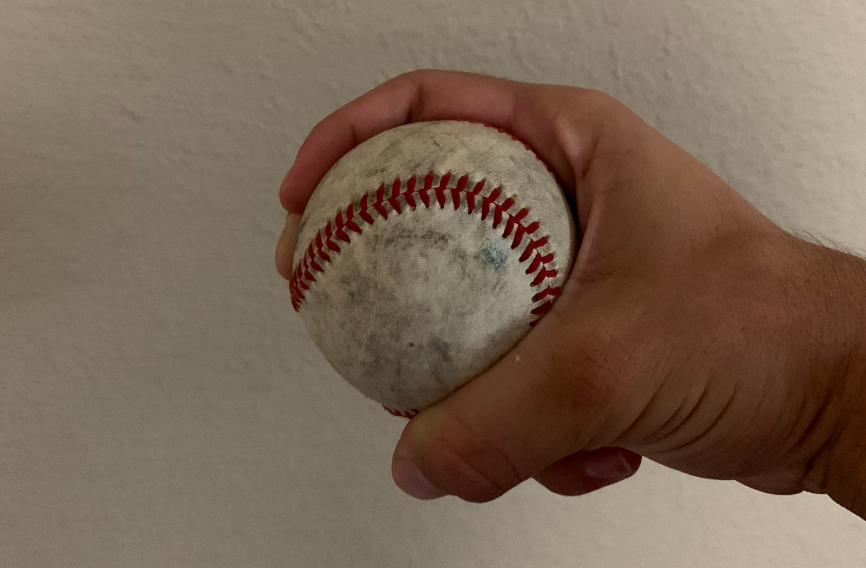
Baseball’s velocity surge resembles nothing so much as a relentless stock market bull run. Average fastball speeds have rocketed from a modest 89 mph in 2002 to an eye-popping 93.8 mph last season. Most projections suggest the 94 mph threshold will fall next year – a velocity that would have placed a pitcher among elite closers just twenty years ago, now becoming merely average across all roles.
The steady progression reveals how systematic this change has been: 90.1 mph in 2004, 91.2 mph in 2009, 92.1 mph in 2015, and 93.1 mph in 2020. Such consistent increases don’t happen accidentally. Advanced training methods, biomechanical analysis, and organizational philosophies prioritizing raw power have transformed baseball’s talent pipeline. Today’s pitchers emerge from development systems explicitly designed to add velocity at every stage, from high school showcases through minor league development and into major league bullpens. The trend shows no signs of reversing.
12. Not Just Fastballs Anymore
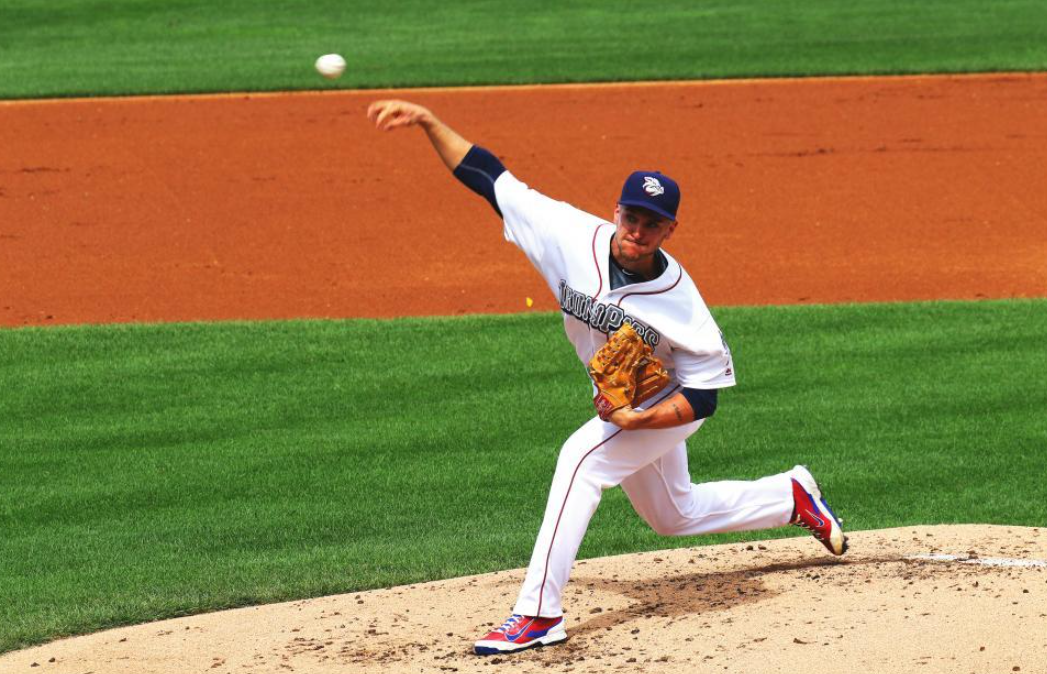
The velocity revolution extends far beyond fastballs. Secondary pitches now come supercharged with their own significant speed increases. Sliders have jumped from 80.4 mph in 2002 to 84.5 mph today. Curveballs that once floated in around 75 mph now dive-bomb plates at nearly 80 mph. Perhaps most telling, even changeups – pitches specifically designed to be slower than fastballs – have accelerated from 79.5 to 85.5 mph over the same period.
These across-the-board increases have dramatically widened the performance gap between elite arms and everyone else. Modern pitchers optimize every aspect of their arsenal using high-speed cameras, biomechanical sensors, and specialized grip techniques that previous generations couldn’t access. Baseball’s contemporary philosophy doesn’t merely encourage throwing hard – it demands maximum intensity from every pitch in a repertoire. Consider this perspective: hitting a baseball was already widely considered the hardest feat in sports when pitchers topped out at 90 mph. The current environment creates challenges that border on the superhuman for even the most talented hitters.
11. Bullpen Revolution
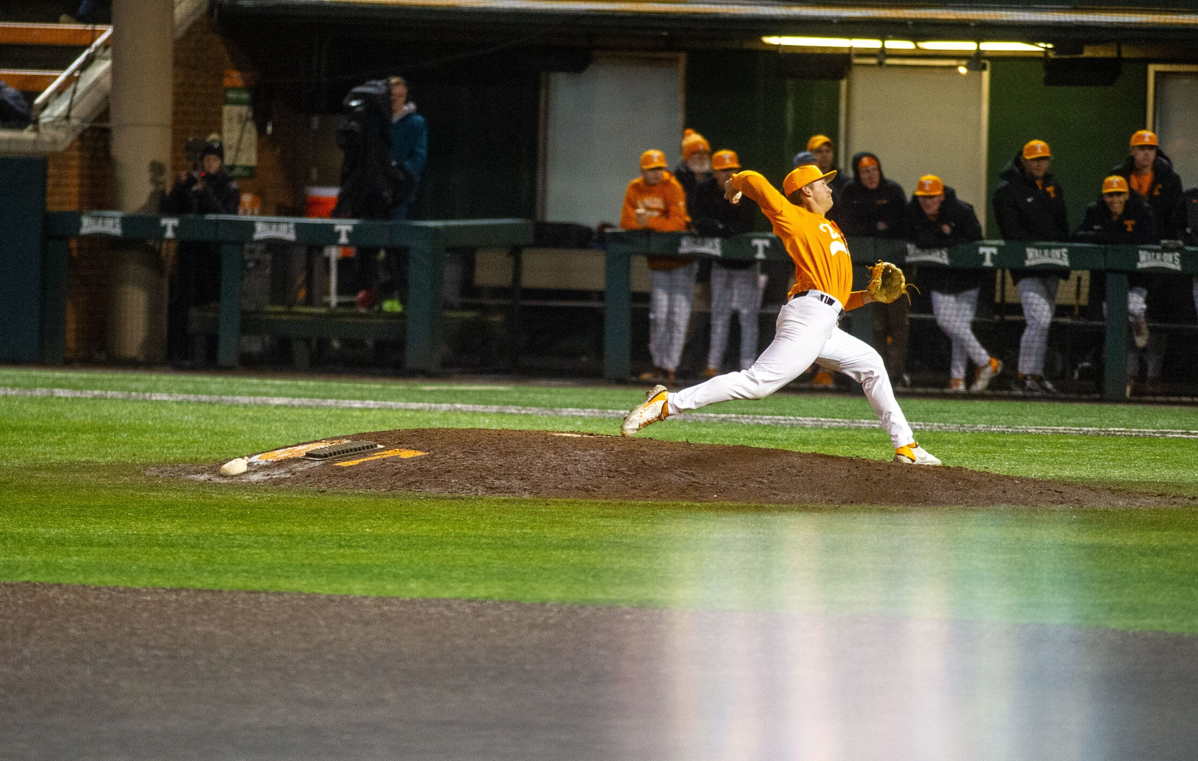
Complete games have become baseball’s endangered species. The starting pitcher’s role has transformed from endurance athlete to specialized performer with limited usage. Few starters now venture beyond the sixth inning before giving way to a carefully orchestrated procession of power arms from the bullpen.
Statistical evidence confirms this fundamental shift: average innings per start plummeted from 5.8 in 2000 to just 5.2 in 2023. Managers increasingly deploy relievers like precision instruments, each one calibrated for specific game situations based on exhaustive analytical matchup data. Baseball’s operational philosophy has evolved around a straightforward premise – why allow a fatiguing starter to face hitters a third time when fresh relievers consistently produce superior results? This tactical revolution has permanently altered baseball’s competitive rhythm, replacing the sustained excellence of complete-game performers with maximum-effort bursts from a rotating assembly of specialized power arms.
10. Strikeouts Gone Wild

Baseball witnessed a historic statistical aberration in 2018 – for the first time since 1903, when , strikeouts exceeded hits across Major League Baseball. This 115-year streak didn’t end gradually but shattered dramatically as batters increasingly came up empty against unprecedented pitch velocities.
More concerning for baseball traditionalists, the gap has steadily widened since that watershed moment: from 189 more strikeouts than hits in 2018 to 782 in 2019, then 1,144 in 2020, culminating in a staggering 2,644 differential by 2021. Defensive players frequently stand motionless for extended periods while pitchers and catchers conduct what sometimes resembles a private game of catch. Putting the ball in play – long considered baseball’s most fundamental offensive skill – has transformed from basic expectation to notable achievement. This statistical revolution has profoundly altered not just box scores but the game’s visual rhythm, strategic dimensions, and aesthetic appeal.
9. Too Good For Their Own Good
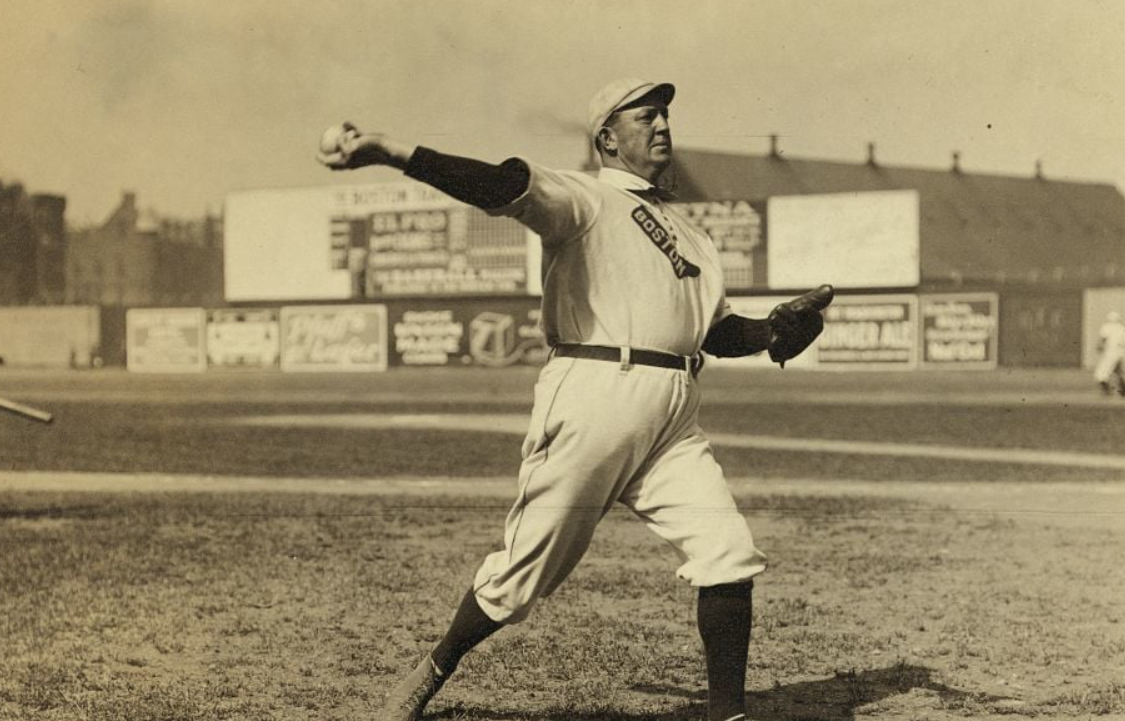
Baseball confronts a genuine existential dilemma – pitchers have arguably become too dominant for the sport’s long-term health. While the modern game showcases remarkable talents pushing the boundaries of human performance, this excellence comes with concerning side effects. Consider this jarring statistic: a typical 2022 nine-inning game contained just 54 minutes of actual playing time stretched across three hours of real-world duration.
The pitching revolution represents legitimate athletic progress. Hurlers have systematically harnessed cutting-edge technology, specialized training techniques, and advanced analytical insights to optimize performance beyond anything previous generations could imagine. Yet baseball ultimately exists as entertainment, not merely as a showcase for specialized skills. When dominance creates fundamental competitive imbalance, fan engagement inevitably suffers. The solution isn’t artificially limiting pitcher excellence but rather adjusting baseball’s ecosystem to restore competitive balance while preserving the extraordinary athletic achievements that make the modern game technically impressive.
8. Three True Outcomes
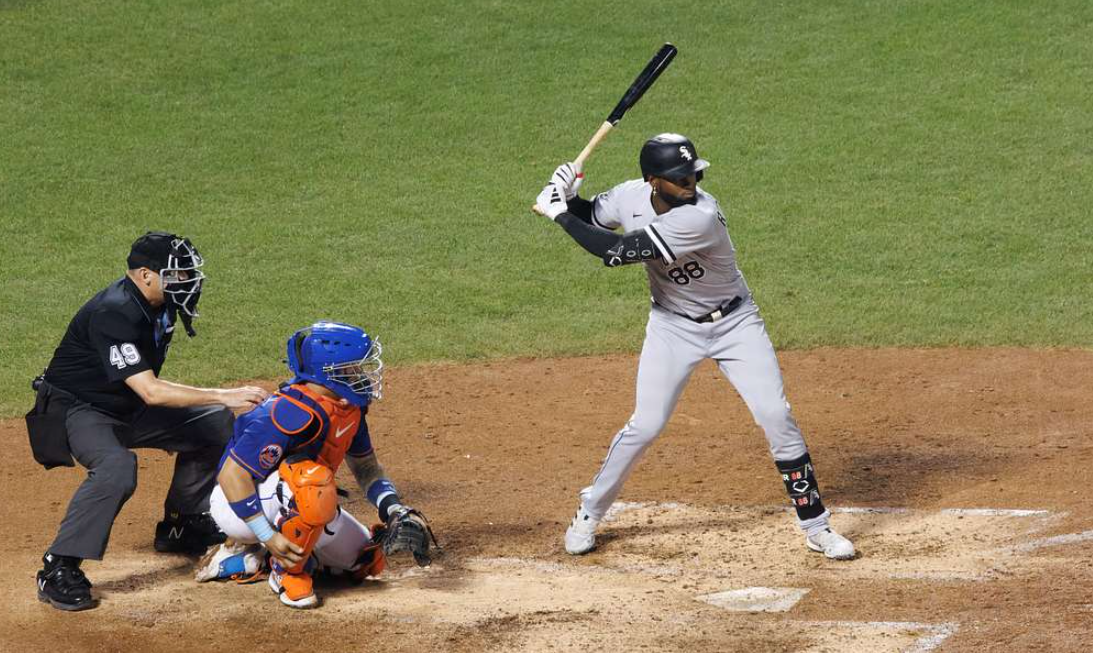
Baseball insiders frequently discuss the “three true outcomes” phenomenon – home runs, walks, and strikeouts. These plays share a defining characteristic: they render seven defensive players completely irrelevant, transforming a dynamic team sport into an isolated duel between pitcher and batter.
Statistical tracking reveals a dramatic evolution. Throughout the 1990s, TTO percentage maintained a relatively stable 27.2% average, with no season before 2000 exceeding 29%. Fast forward two decades to 2020, and that figure skyrocketed to an unprecedented 36%, maintaining a 34.84% average over the past five seasons. This shift has diminished baseball’s tactical variety – stolen bases, hit-and-runs, sacrifice bunts, and situational hitting approaches that historically provided textural richness and strategic unpredictability have declined precipitously. The contemporary game increasingly features extreme outcomes – all-or-nothing swing approaches colliding with maximum-effort pitches, yielding a more predictable and binary set of results that some longtime observers find aesthetically concerning.
7. The Physical Toll
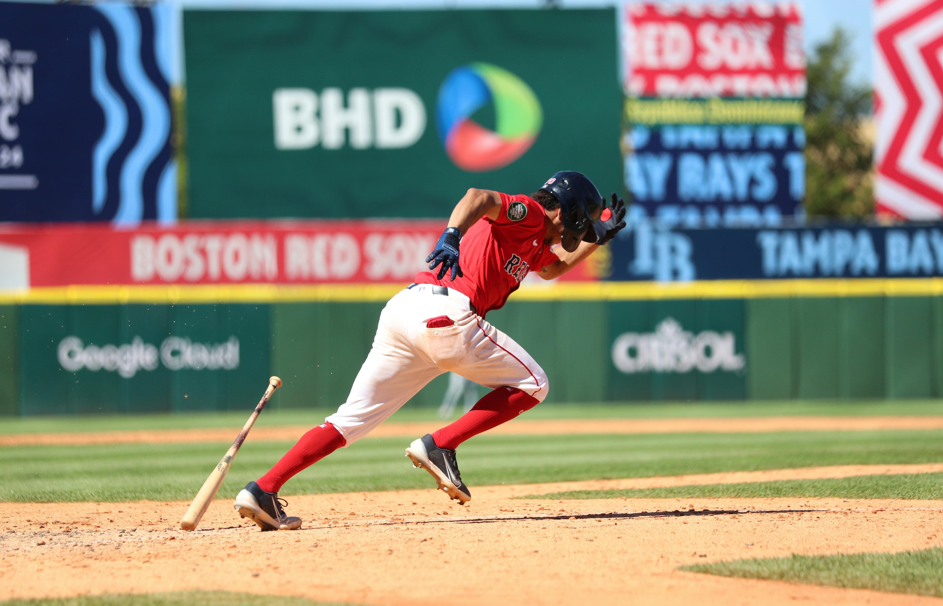
Medical reality provides a sobering counterpoint to baseball’s velocity revolution. The human arm simply wasn’t evolutionarily designed to repeatedly throw objects at 95+ mph. This biological limitation manifests in alarming statistics: nearly half of 2023’s 64 hardest throwers have undergone Tommy John surgery – a procedure completely unknown to baseball before 1974 that has now become disturbingly routine.
Biomechanical analysis reveals unforgiving physics at work. Each pitch delivered at maximum velocity places extraordinary strain on elbow ligaments and complex shoulder structures. Major league organizations now employ increasingly sophisticated monitoring systems to track fatigue indicators and mechanical efficiency, essentially treating pitchers like high-performance race cars requiring constant maintenance and careful usage protocols. Human physiology ultimately has limitations that even the most advanced training cannot overcome. Teams consequently face challenging risk assessments: extract maximum velocity for immediate competitive advantage while knowing the long-term physical costs to pitchers may prove significant and career-altering.
6. MLB’s Intervention
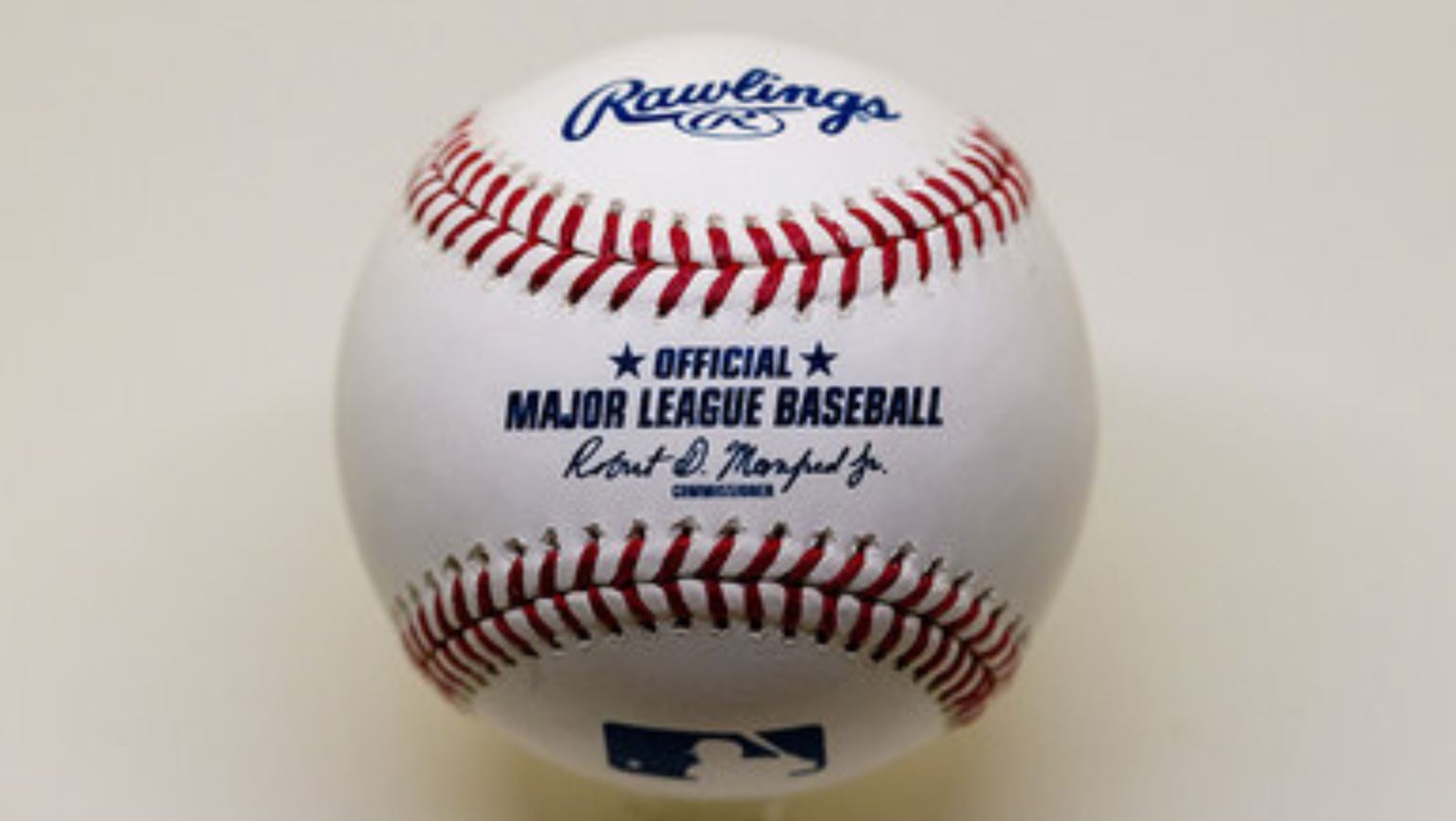
Recognizing the growing imbalance between offense and defense, baseball’s governing bodies implemented multiple rule adjustments aimed at restoring competitive equilibrium. The enlarged bases introduced in 2023 produced immediate results, triggering a 21% increase in stolen base attempts and adding dynamic baserunning back into the strategic equation. The three-batter minimum requirement streamlined pitching changes and improved game flow. Defensive shift restrictions encouraged more varied offensive approaches by increasing the value of traditional hitting skills.
These modifications acknowledge an essential reality – when natural evolution creates fundamental competitive imbalance, structured intervention becomes necessary. Baseball has historically adjusted its playing parameters to maintain equilibrium, from raising and lowering the pitcher’s mound to altering the physical composition of the ball itself. The current wave of rules changes reflects baseball’s ongoing effort to recalibrate the competition while preserving the extraordinary athletic excellence that characterizes contemporary pitching. Finding this balance requires constant vigilance and willingness to make further adjustments as the game continues evolving.
5. The Clock is Ticking
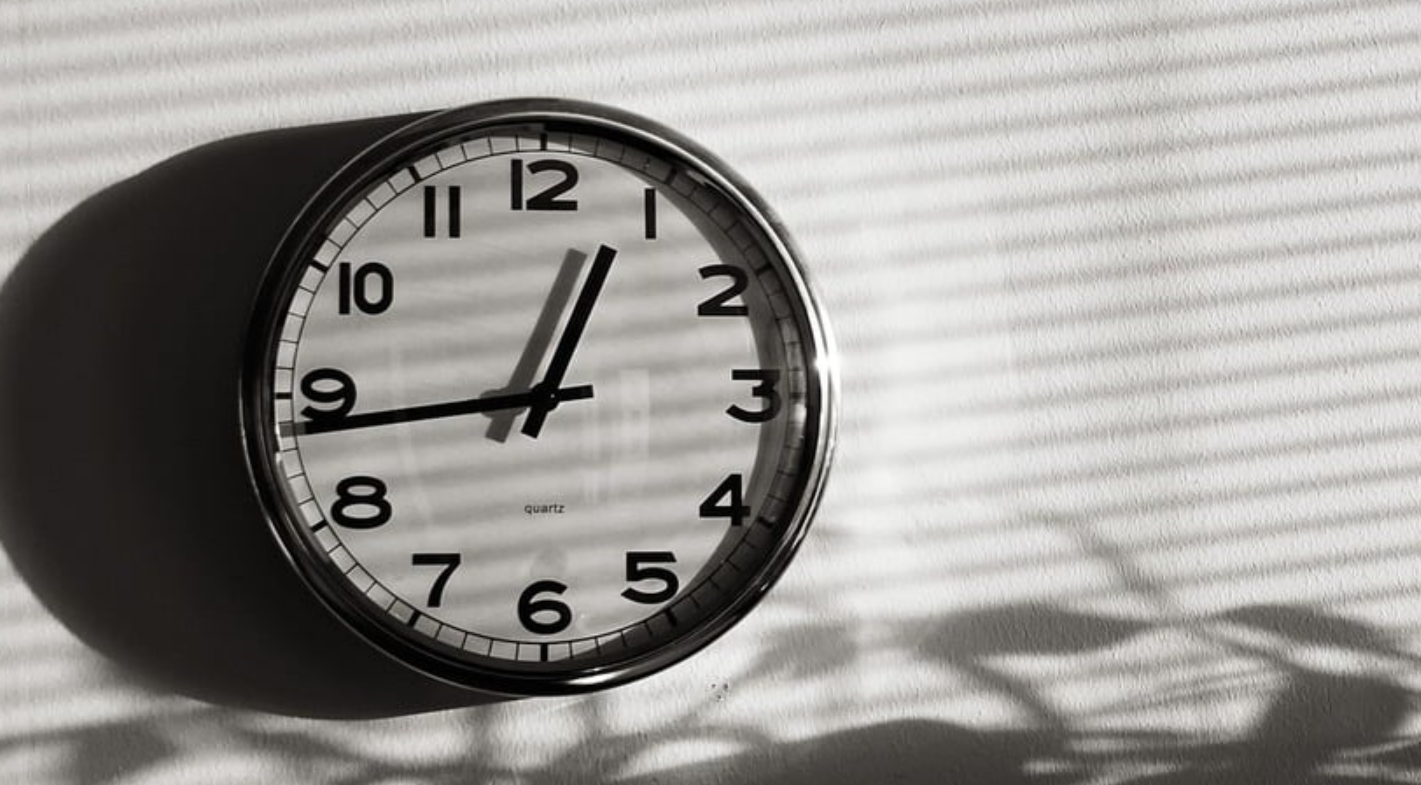
Baseball’s most visible recent innovation – the pitch clock – arrived in 2023 with transformative impact. Games immediately shortened by over 20 minutes, bringing average contest duration down to approximately 2 hours and 40 minutes. For a sport long criticized for increasingly sluggish pace, this represented the most significant operational change in decades.
Early indicators suggest audience approval. In-person attendance climbed a promising 5% during the first implementation season. Television metrics showed even more dramatic improvements, with viewership jumping from 187,000 average viewers to 304,000. The accelerated rhythm particularly appeals to younger demographic groups accustomed to more condensed entertainment experiences. However, this modernization creates tension. Many established pitchers express concern about reduced recovery time between physically demanding throws. The pitch clock embodies baseball’s fundamental contemporary challenge – how to modernize without sacrificing essential character, accelerate without compromising competitive quality, and evolve while maintaining respectful connection to traditions that define the sport’s unique appeal.
4. Pitcher Pushback
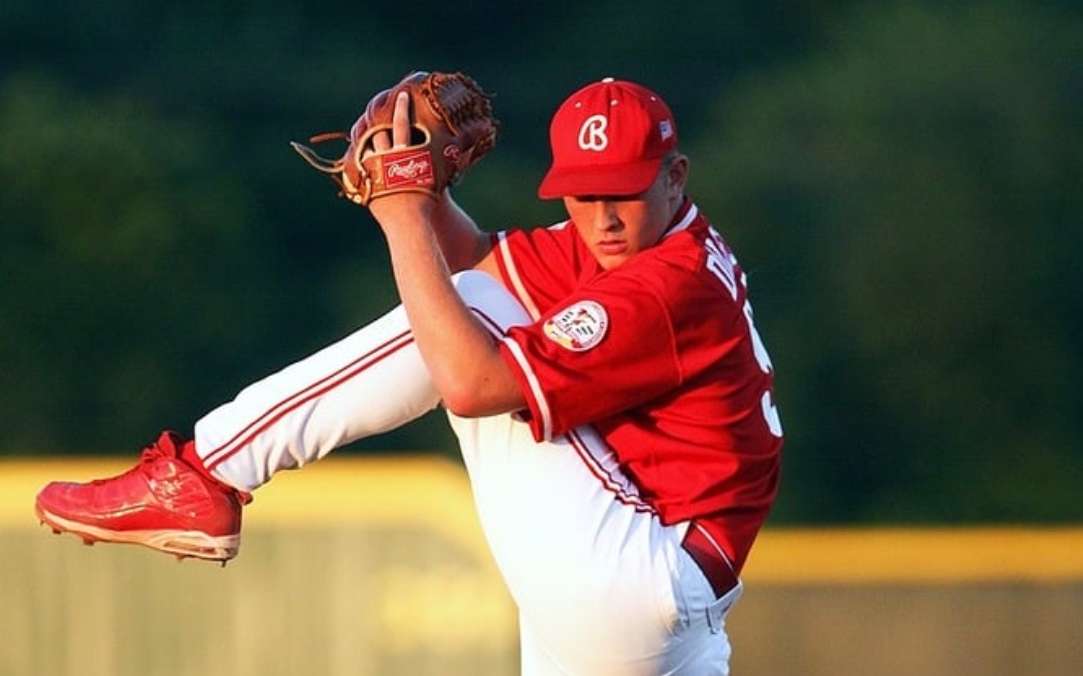
Baseball’s newfound efficiency hasn’t met universal acclaim among those most affected by accelerated play. Numerous established pitchers have expressed legitimate concerns regarding potential physical consequences associated with reduced recovery time between pitches. While injury frequency statistics remained consistent with historical averages during the 2023 season, the duration of pitcher injuries increased noticeably – suggesting that when injuries do occur, recovery timelines have extended.
The traditional time between pitches historically provided essential moments for both physical and mental recovery. Contemporary pitchers must now make complex mechanical and strategic adjustments while managing accumulated fatigue under significantly tighter time constraints. Multiple established stars including Max Scherzer have questioned whether the accelerated pace potentially compromises both performance quality and long-term player health. This ongoing debate highlights the critical human dimension in baseball’s evolution – statistical improvements and enhanced audience metrics ultimately mean little if achieved at the expense of the athletic performers who constitute the game’s fundamental attraction.
3. Signs of Natural Correction
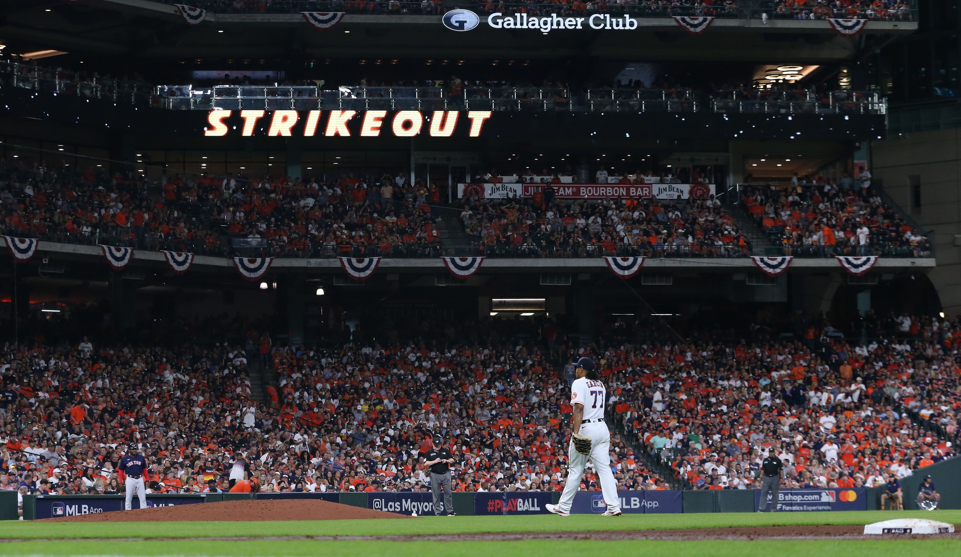
Throughout its long history, baseball has demonstrated remarkable self-correcting capabilities. Recent statistical trends provide encouraging evidence of this adaptive process at work. The enormous gap between strikeouts and hits – which reached an alarming 2,644 more strikeouts in 2021 – has narrowed significantly to just 994 last season.
Several factors contribute to this adjustment. Hitters have begun employing modified approaches emphasizing shorter, more contact-oriented swings rather than exclusively power-focused mechanics. Teams increasingly develop specialized strategies specifically designed to counter velocity advantages. This organic evolution suggests baseball might potentially reestablish competitive equilibrium without requiring additional rule modifications. The sport has successfully navigated through multiple transformative eras – from the dead-ball period to the steroid age – consistently finding renewed balance through the adaptive intelligence and competitive innovation of players and strategists rather than exclusively through external regulation.
2. The Human Ceiling
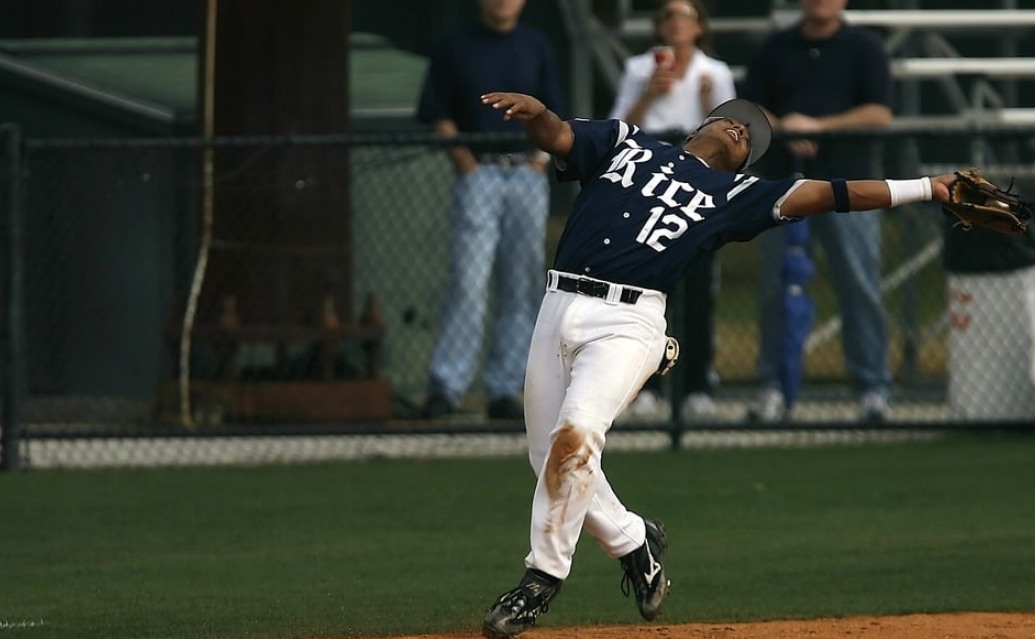
Baseball may be approaching the physiological limits of sustainable pitching velocity. Advanced biomechanical research increasingly suggests the human body functions near absolute maximum capacity when repeatedly throwing baseballs in the upper-90s. Pushing significantly beyond current velocity thresholds would likely require forces that human ligaments and tendons simply cannot withstand without catastrophic failure.
This natural biological ceiling could eventually redirect developmental focus back toward movement, deception, and sophisticated pitch sequencing rather than continuing the singular pursuit of raw speed. Future pitching development programs might prioritize mechanical efficiency and career durability over extracting every possible fractional increase in velocity. Baseball historically operates in cyclical patterns, and the current apex of velocity dominance may prove unsustainable. When human physiological limits inevitably assert themselves, innovation naturally finds alternative pathways – potentially returning the game to more balanced competitive states through evolutionary adaptation rather than exclusively through external rule changes.
1. Celebrating Today’s Excellence
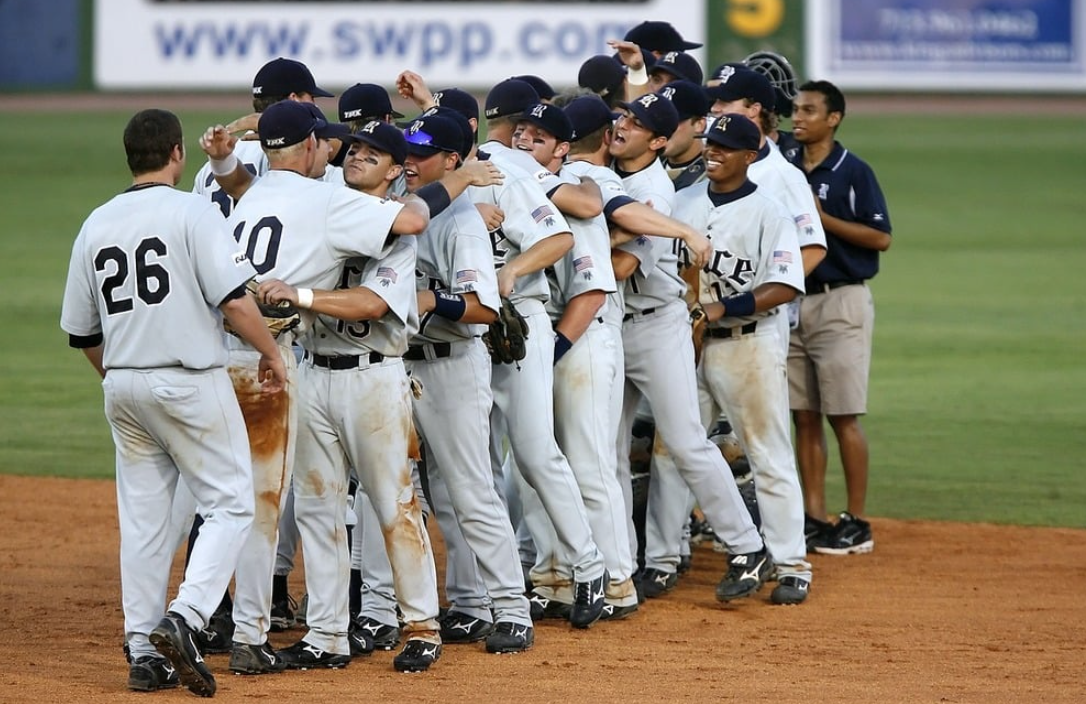
Amid legitimate concerns about baseball’s competitive balance, one fact remains undeniable – fans currently witness athletic brilliance worthy of appreciation. Veteran stars like deGrom, Verlander, Scherzer, Kershaw, and Cole represent pitching mastery refined to historically unprecedented levels. Meanwhile, emerging talents such as Ohtani, Strider, and Manoah demonstrate that baseball’s performance ceiling continues rising rather than plateauing.
These remarkable athletes train with unmatched intensity, utilizing cutting-edge technology, data-driven feedback systems, and hyper-personalized development programs unavailable to previous generations. Their dedication consistently pushes human performance boundaries beyond what seemed possible even a decade ago. Whatever structural challenges baseball currently navigates, the extraordinary talent displayed nightly across major league diamonds offers genuine appreciation opportunities for those who value athletic excellence at its highest expression. The game continuously evolves, yet its essential appeal endures – exceptionally skilled performers accomplishing remarkable physical feats through precisely honed technique combined with natural ability.

